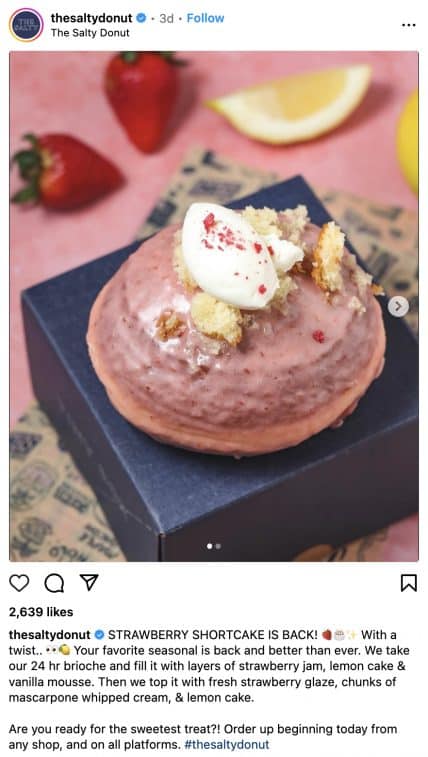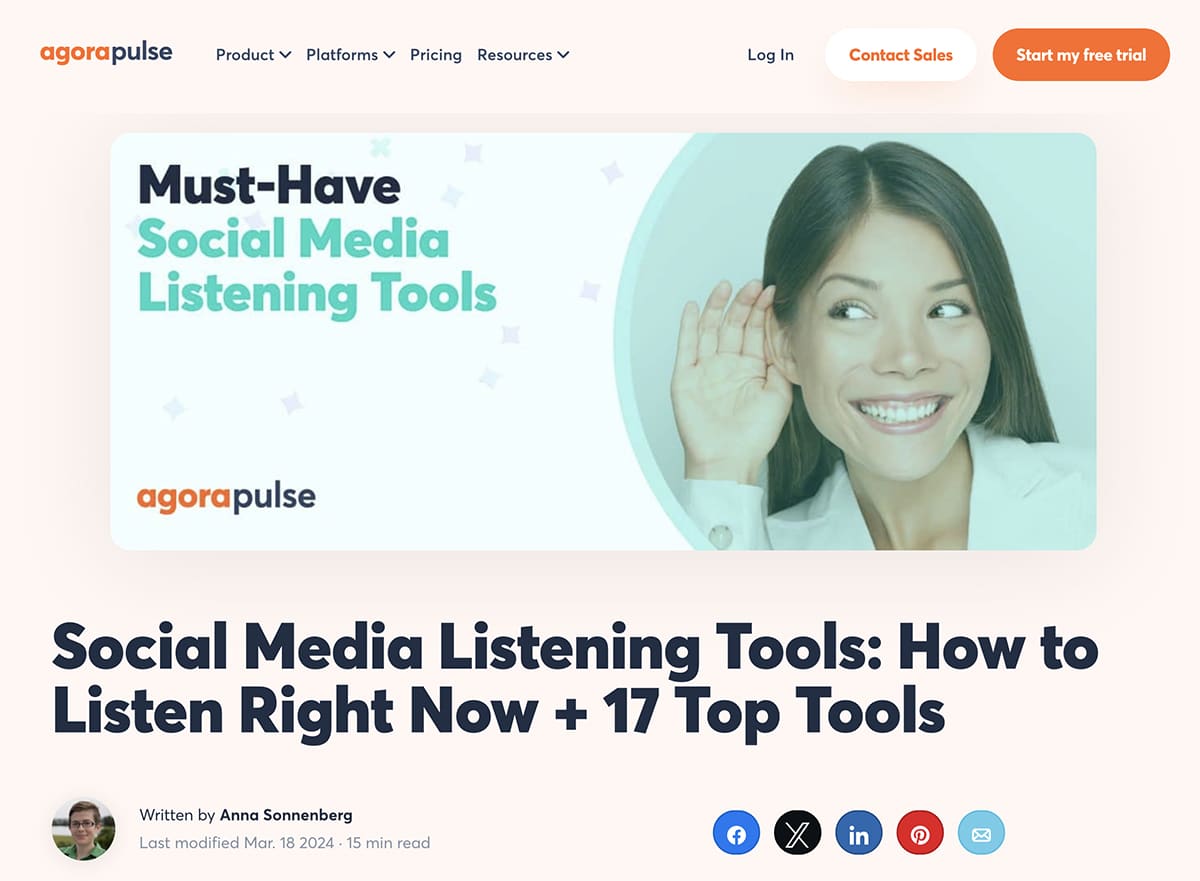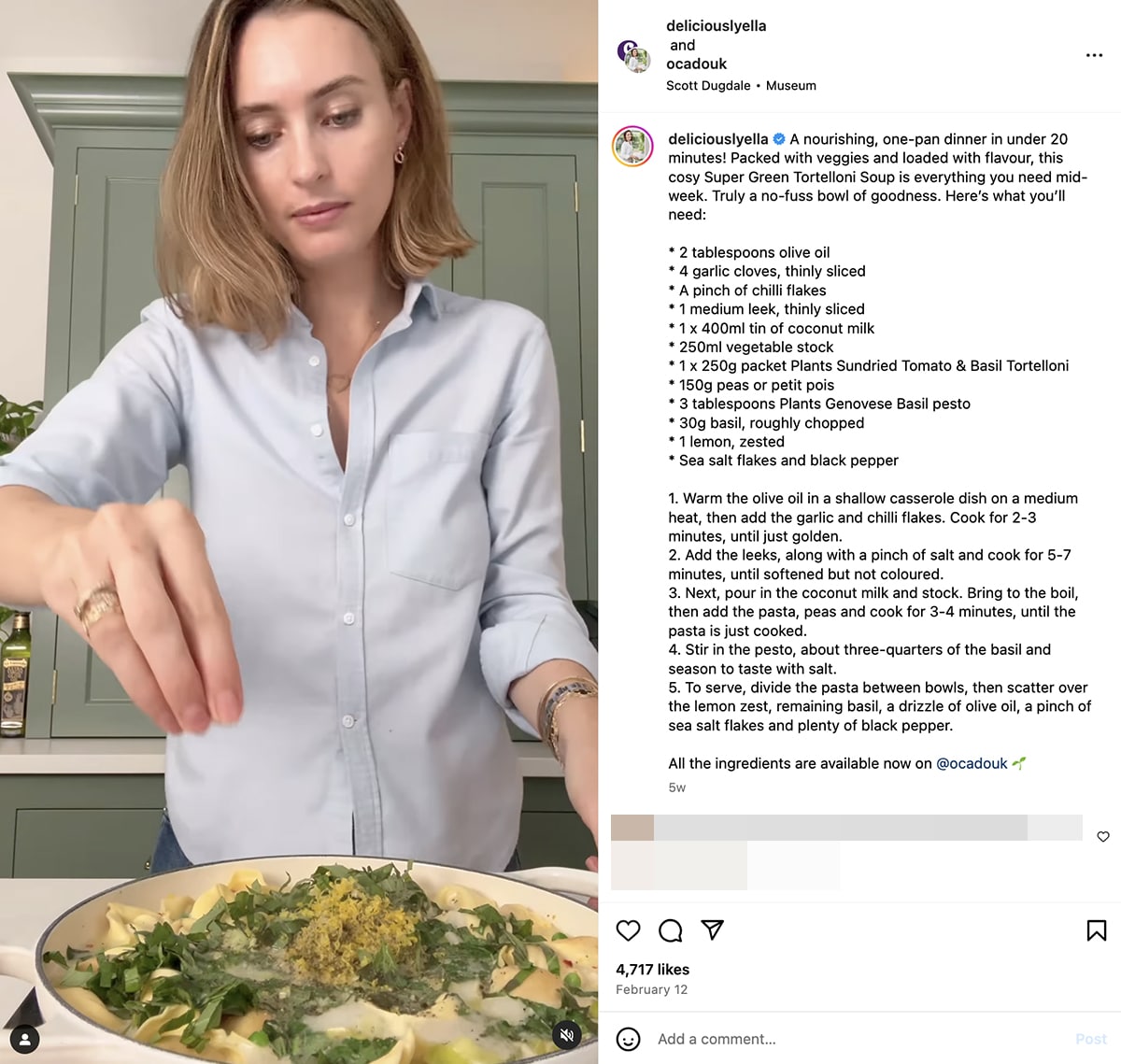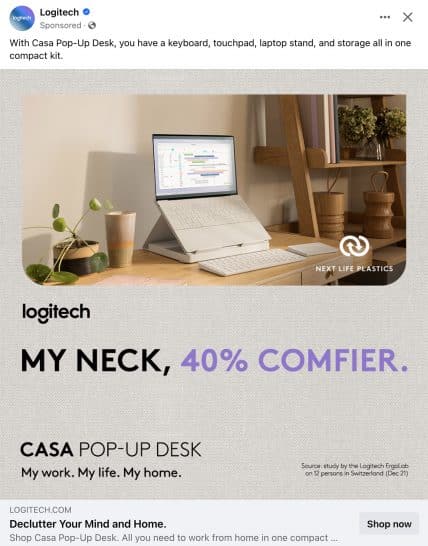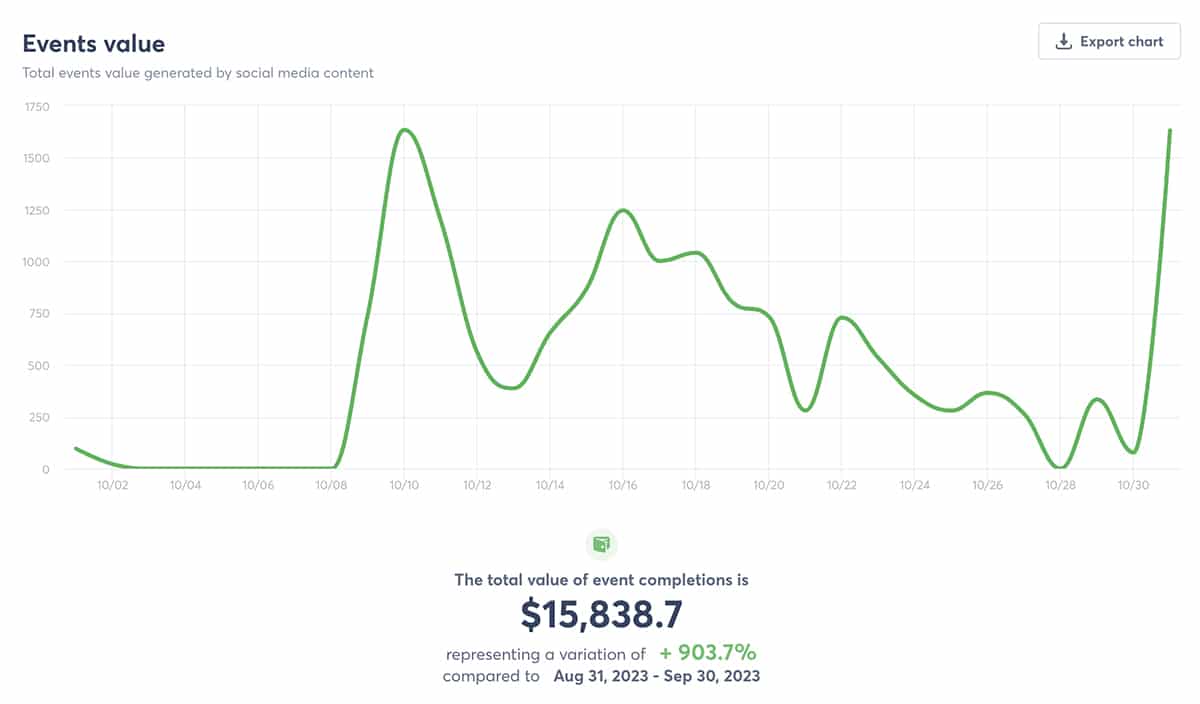Need to organize your team’s promotional efforts around a major product launch, a big sale, or another important initiative? You need much more than a quick social media post. Instead, you need a full marketing campaign.
Which channels should you use for distribution? Who should you keep in the loop? How will you know if you’ve succeeded? Let’s walk through how to create a marketing campaign that makes a positive impact on your business. You can also sign up now for a free trial of Agorapulse to schedule your campaign content right away.
Why Marketing Campaigns Require Advance Planning
A successful marketing campaign goes way beyond a couple of blog posts on the same topic or a few loosely related social media videos. Instead, it’s a series of actions that all contribute to one main business or marketing goal.
Think of a marketing campaign as a strategic effort rather than an ad hoc promotion. With so many moving parts to coordinate and an important goal to reach, advance planning is essential.
Plus, when you map out marketing campaigns strategically, you’ll:
- Avoid missing crucial steps (and negatively affecting performance)
- Stay on budget or know if you need to request more
- Stick to the timeline so you won’t miss critical deadlines
- Get all the right people on board so you can access the input you need
How to Create a Marketing Campaign in 12 Steps
This workflow breaks down how to plan, launch, and report on a complete marketing campaign. Let’s get started.
1. Define your campaign goal
First, clarify the main objective for the campaign. What’s the primary purpose? Think about what you need to achieve and why. Here are a few examples to guide your thought process:
- Rebranding: Your company went through some changes and just rebranded. You need to get the word out about your updated logo, tagline, and service offerings while reassuring customers that your mission hasn’t changed.
- New product: You’re launching a new software product. You want to show and tell new and existing customers how the software can solve a common problem so they’ll take an interest in a demo or a trial.
- Annual event: You’re hosting a major conference for the first time. You need to get the right people interested in the event so you can sell tickets and make the event a success.
- Seasonal sale: You’re offering a limited-time discount on products or services. You want to invite customers to shop and save while they can, as the special pricing lasts for a week only.
When you set a campaign goal, use the SMART framework to make it specific, measurable, achievable, time-sensitive, and realistic. You’ll have an easier time keeping the campaign focused and measuring the metrics that truly matter.
Let’s take the ideas above a step further. Here’s how you could apply the SMART framework:
- Rebranding: Drive 10,000 interactions (reactions, comments, shares, and video views) within one month.
- New product: Book 1,000 demos within one quarter.
- Annual event: Sell 1,000 tickets within one month.
- Seasonal sale: Generate $20,000 in revenue in one week.
2. Set key performance indicators (KPIs)
Once you’ve defined your campaign’s main objective, set KPIs. These metrics allow you to monitor performance, track progress toward the campaign goal, and stay on budget.
The KPIs you should monitor depend on the type of marketing campaign you run. For example, you need to know cost per lead for a new software product but not for an ecommerce sale.
KPIs are quantifiable, which means you should set a specific target for each. Here are a few examples:
- Cost per 1,000 impressions (CPM): $5
- Engagement: 1,000 reactions, comments, shares, and video views
- Clicks: 25,000 landing page views
- Click-through rate (CTR): 25%
- Cost per click: $0.50
- Cost per lead: $75
- Conversion rate: 10%
- Cost per conversion: $125
Plan to start monitoring KPIs as soon as you launch the campaign.
You also can use Agorapulse to track social media metrics via easily created, data-rich social reports. Knowing ahead of time what you will track can make measuring the results and assembling them for clients and stakeholders is critical.
If your results aren’t hitting the mark, you may need to take steps like increasing your advertising budget or publishing more content. We’ll cover these steps below.
3. Map out your timeline
How much time do you have to reach the end goal? What steps do you need to take between now and then?
When organizing a marketing campaign, I find it helpful to create two different timelines:
- a timeline for the promotion itself
- a timeline for the planning process.
Promotion timeline defined
First, let’s look at the promotion timeline. I like using Airtable for this aspect because it can keep track of social media posts, emails, ad campaigns, and other promotions in a calendar format.
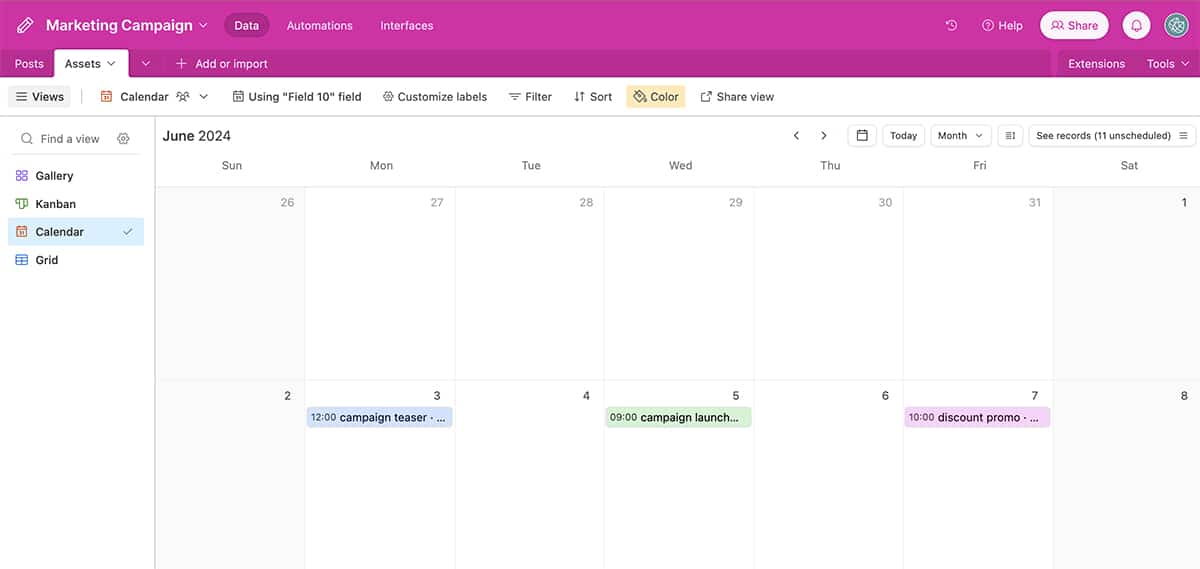
Airtable’s marketing campaign calendar
As you build a campaign calendar, you’ll get a sense of how much content you’ll need to produce. As your team creates content, Airtable can also organize campaign copy and creatives or link out to Google Docs and digital assets.
For a planning timeline, project management tools like Asana or Trello often work best. These tools let you create tasks (“write short-form video script”) and assign them to team members with firm deadlines.
If you already use these tools to manage other projects, then you can keep an eye on your team’s workload at the same time. As a result, you’ll avoid overloading anyone and have a better chance of sticking to the timeline.
4. Assemble your team
If you’re a marketing team of one, it may be up to you to carry out most of your campaign plan. But for many full marketing campaigns, you’ll rely on expertise and input from other team members.
Not sure who to include in the planning process? Here are a few ideas:
- CMO or marketing manager to sign off on campaign concepts and assets
- Social media marketer to produce social media content and engage with followers
- Content marketer, copywriter, or SEO specialist to research and create website content
- Designer to produce on-brand creative assets and landing pages
- Search, display, or social advertising specialist to run paid campaigns
- Executive team member to speak on podcasts or at events
- Legal team member to approve copy and creatives
- Freelancers to assist with overflow or to handle specific tasks you don’t do in-house
You can always add more people to your team once you confirm the distribution channels and assign tasks. However, if you want a colleague or contractor to set aside time for the campaign, aim to add them to your team as early as possible.
If you have a social media team assembled, you’ll also want to define whether, for this specific campaign, you have group scheduling or solo scheduling of the marketing campaign’s social content.
5. Know your audience
Who is your target audience? Your buyer persona can help you narrow down your ideal customer. Define who you want to reach using parameters like:
- Demographics, including age, gender, and location
- Interests, needs, and goals related to your brand
- Behaviors, such as intent to make a purchase
- Past experience with your brand, such as people who have visited your website
Your target audience should guide the campaign assets you create. It can also inform the distribution channels you use. For example, when you want to reach:
- Existing customers: Email marketing campaigns and paid social campaigns allow you to leverage customer lists.
- People searching for the solution you offer: Content marketing campaigns and paid search campaigns help you capture search traffic.
- People engaged with your brand: Social media marketing campaigns let you get promotional content in front of followers.
- New prospects: Influencer marketing campaigns and social media advertising campaigns help new prospects discover your brand.
- People similar to your customers: Paid social campaigns allow you to create lookalike audiences based on behaviors like engagement or past purchases.
If you need some help in knowing about your audience, Agorapulse’s reports can provide information, such as demographics:
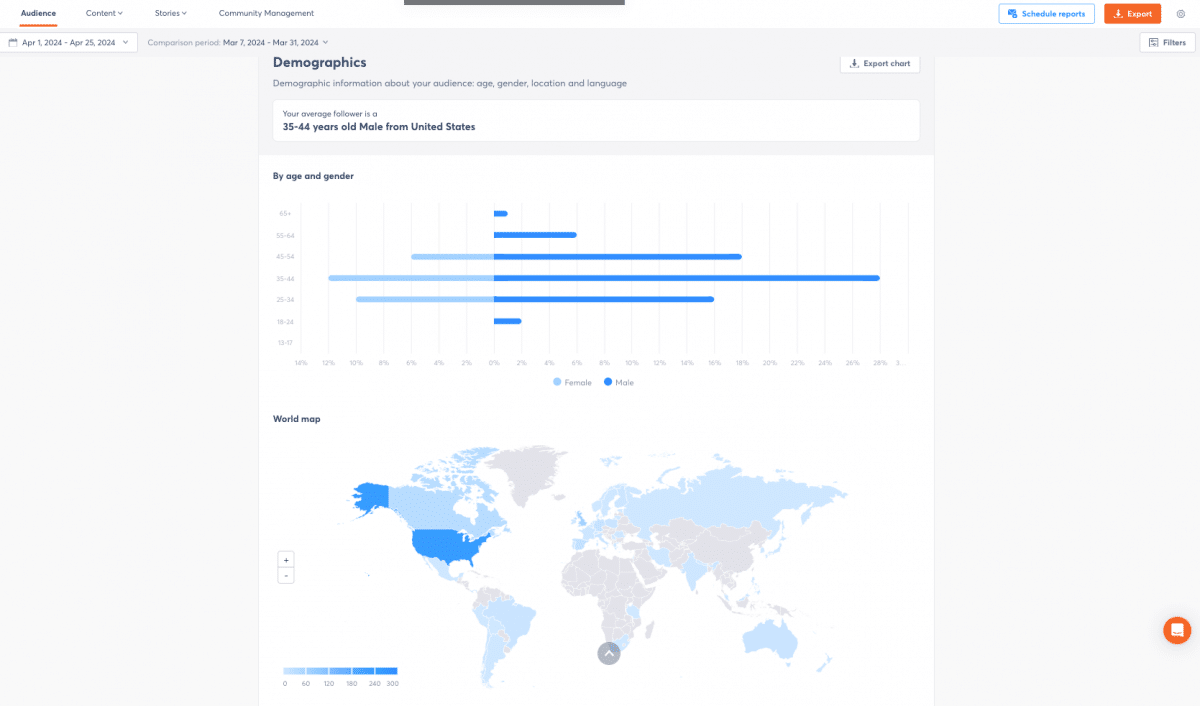
Learn more about your audience by using Agorapulse
You can also use our listening feature to get to know more about what your existing and potential customers hate or like or need.
6. Choose distribution channels
A digital marketing campaign includes anywhere from one, two, or several distribution channels. The right channels for your campaign depend on the audience you want to reach and the type of content you intend to create.
Social media marketing
Social media marketing campaigns are ideal for visual content. From short-form videos to carousel posts, social media content can engage followers and drive conversions. (And you can prove this via Agorapulse’s social media ROI feature.)
While social media campaigns often work best for reaching existing followers and customers, they can also help you connect with new customers. For example, The Salty Donut Instagram post above was a suggested post that the social network recommended to a wider audience.
Email marketing
Whether your email marketing campaigns focus more on visual or written content, they’re ideal for connecting you with existing prospects and customers. Email is a permission-based channel, meaning anyone on your list must opt in to your marketing.
Most email marketing platforms can segment subscribers based on behaviors and purchases. For example, the Vitamix email campaign above may have targeted subscribers who are likely to be in the market for new equipment.
Content marketing
Content marketing campaigns are ideal for educating customers and building trust. They can include written content and embedded visuals, videos, and podcasts, so they can connect with customers using a range of different formats.
For example, the Agorapulse blog post above focuses on a new feature for the social media platform. It explains how the feature solves prospects’ problems and shows them how it works.
Influencer marketing
Influencer marketing campaigns are great for introducing your brand and offer to an audience beyond your own. Most influencers have interactive relationships with their followers, making them more receptive to promotions.
For example, the Deliciously Ella Instagram post above reflects a partnership with Ocado. The post features a recipe that followers can prepare with ingredients from the online retailer.
Paid search
Paid search ads work well for reaching potential customers who are actively searching for your product or service. For example, the Bigin Google ad below appeared at the top of a search for “CRM for startup.” After highlighting some of the product’s features, the ad prompts prospects to watch a demo.
Paid social
Paid social ads are ideal for reaching people who engage with topics relevant to your brand or who have interacted with your brand previously. The Logitech Facebook ad below features a product designed for people working from home.
7. Calculate your budget
How much money do you need to launch a successful marketing campaign? It depends on the goal, the distribution channels, and the scale of the campaign.
First, let’s look at the bigger picture.
On average, small businesses spend 7% to 12% of total revenue on marketing. That amount will need to cover the campaigns you run and the ongoing efforts you plan throughout the year.
Next, let’s look at likely costs.
What’s included in an average marketing budget?
A typical marketing budget needs to cover:
- Production costs for photoshoots and video sets
- Fees for freelance writers, creatives, or marketers
- Influencer marketing fees for partnerships
- Advertising spend if you run search or social media ads
Specific costs can vary wildly depending on your location, campaign scale, and existing agreements. To get accurate numbers for your campaigns, use your brand’s benchmarks and ask trusted marketers in your network.
8. Clarify your messaging
Next, develop the campaign’s core messaging. Let the offer and your audience guide what you say and how you say it.
Successful campaign messaging typically considers:
- How the offer aligns with the audience’s interests, needs, and goals
- Ways the offer fits with or supports the audience’s lifestyle
- How the offer solves a key problem for the audience
- Ways the brand can build trust while being persuasive
- How the brand can communicate the offer in a creative, memorable way
Brainstorm with your team to craft campaign messaging. Aim to walk away from the brainstorming session with a list of short phrases and descriptions you can add to briefs for your content, copy, influencer, and advertising teams.
This brand messaging article can help keep you on track across your channels.
9. Design campaign creatives
Once you’ve defined the messaging, focus on the design. Create a swipe file that captures the visual concept and includes creative inspiration.
To guide your creative process, get together with your team to decide:
- How will your campaign assets look?
- What color scheme will they feature?
- What mood or aesthetic do you want to capture?
- How do you want the target audience to feel?
After the brainstorming session, aim to walk away with a creative concept, a color scheme, and visual examples. You’ll need to include these elements in briefs for designers, creatives, influencers, and advertising teams.
10. Produce campaign assets
At this point, you’ve checked off all the strategic planning tasks on your to-do list. Now it’s time to use your briefs to create content (or delegate if you’re managing the team).
Depending on the campaign concept and distribution channels, you may need to produce:
- Blog posts
- Landing pages
- Social media posts
- Email announcements
- Search or social media ads
How many of each campaign asset do you need to produce? Use your timeline to guide this part of the process.
For example, suppose the content calendar calls for one teaser post, three campaign posts, and one “last call” post. You’ll need five posts total for each social media channel.
11. Launch and monitor the marketing campaign
After producing campaign assets, upload them to the appropriate channel. Check your timeline, and then schedule campaign content to go live at the right time.
For example, you can publish or schedule social media content with Agorapulse. Since Agorapulse supports all major social media platforms, you can use it to post across Facebook, Instagram, TikTok, X, and other channels at specific times.
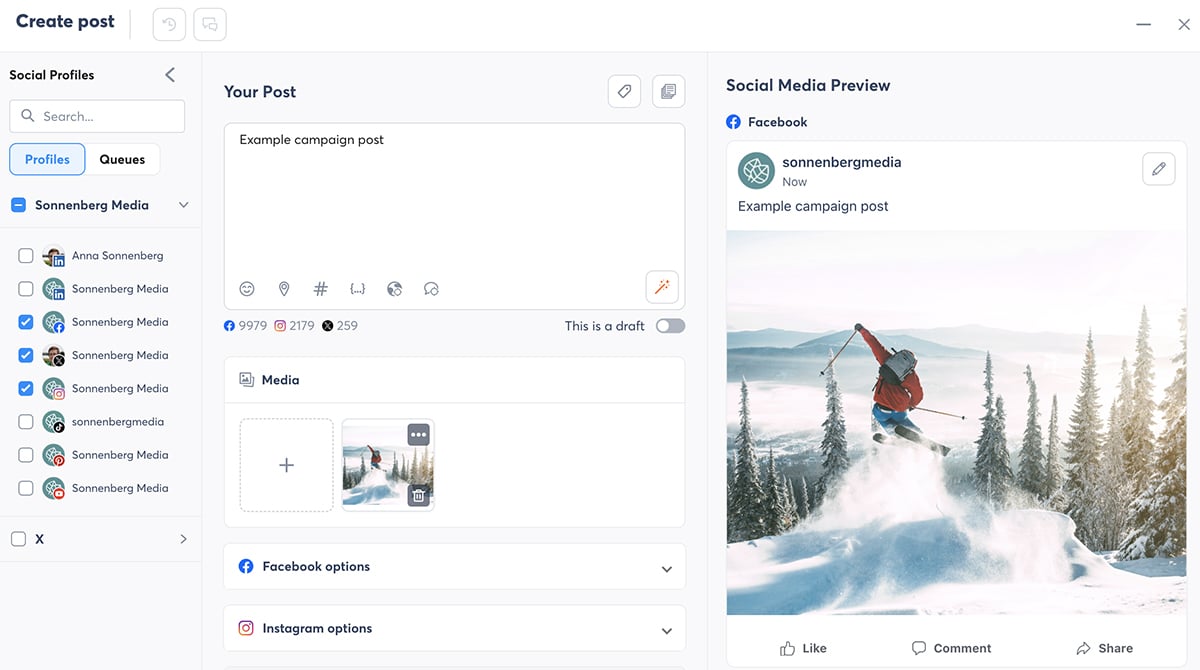
Agorapulse social media post composer
Never set and forget a marketing campaign. Even if you schedule all campaign content in advance, make a point of monitoring reactions and engagement when the campaign is live.
Plan to engage with social media and influencer content. Take time to respond to comments and DMs to build trust. Share influencer content to increase reach and create more campaign touch points.
Monitor the campaign’s performance in terms of KPIs, too. Keep the timeline in mind. If the campaign is wrapping up soon and you’re falling significantly short of your goal, you may need to consider allocating additional budget or publishing more content.
12. Analyze and report on results
When the campaign ends, evaluate the outcome. Did you successfully achieve the campaign goal and reach the KPIs?
Then, prepare reports for each marketing channel to analyze performance for each. As you review these reports, note:
- Which marketing channel delivered the best results, based on your goal
- Whether organic or paid channels delivered the best results overall, based on your goal
- Which audience segments responded best to your campaign
- What type of content (text, photos, graphics, videos) performed best
With Agorapulse’s social media reports, you can easily analyze campaign reach, engagement, and website traffic. You can also use our social media ROI reports to quantify the leads and revenue from your posts.
Use your insights to plan even more successful marketing campaigns in the future. Consider your results benchmarks for typical performance. Then, take steps to improve on them in your next campaign.
Wrapping Up How to Create a Marketing Campaign
This workflow includes all the key steps for a full marketing campaign. As you use it to plan a campaign, don’t hesitate to add or rearrange steps to fit your team’s style and areas of focus.
Curious how Agorapulse can help you launch and analyze social media marketing campaigns? Sign up for a free trial and test our social media solution for 30 days (no credit card necessary).




